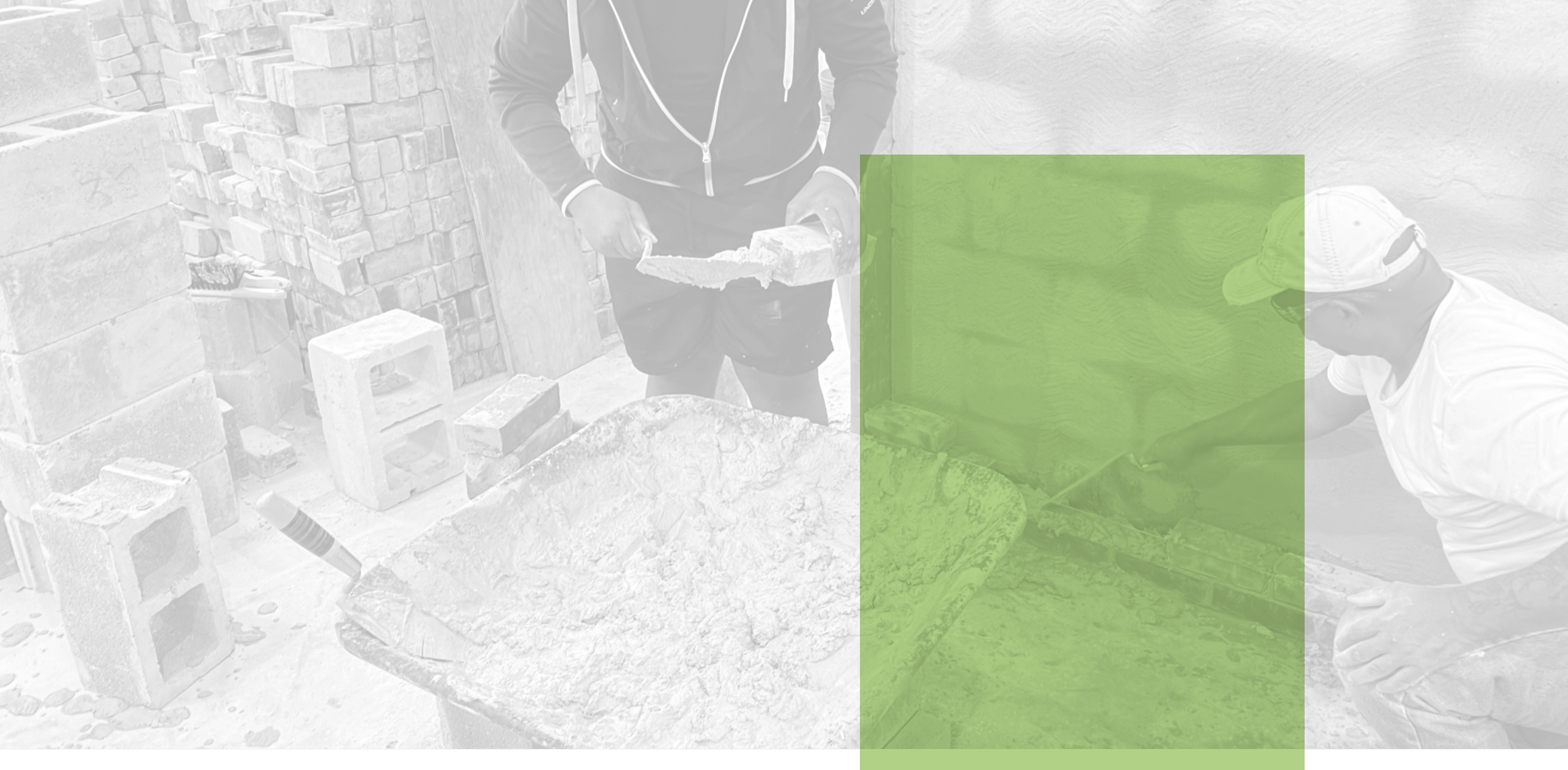
Requity’s mission is to break down barriers between vocational education and the workforce by preparing students to pursue their dreams and build the future they imagine.
Photo Credit: The Baltimore Sun
In 2012, when Michael Rosenband began as head coach for the Carver Vocational-Technical High School (Carver) on the west side of Baltimore City, they were struggling and coming off a zero-win season. But under his leadership, the program has flourished, winning back to back city championships.
Achieving the city crown will likely not be the highlight of Rosenband’s tenure at the Baltimore school, however. That’s because he’s teamed up with one of his former players and Carver graduate, Sterling Hardy, to work on an even bigger win—one for the community.
When Hardy was a student at Carver and playing for Rosenband on the school’s baseball team, he one day asked, “Coach Mike, why can’t we use what we are learning in school, to rehab the run-down houses across the street?”
In 2020, inspired by Sterling’s question, they founded Requity Foundation Inc. as a nonprofit organization with the intent to provide comprehensive, critical, and collaborative support and resources to people in the Greater Rosemont community in West Baltimore. In 2022, Requity moved their headquarters to Greater Rosemont, right across the street from the high school.
Residents are experiencing a 36% poverty rate and 19% unemployment rate.
Source: BNIA, 2023
Greater Rosemont faces several challenges related to discriminatory policies and systemic disinvestment that in many cases has prevented the community from building generational wealth. Residents are experiencing a 36% poverty rate and 19% unemployment rate*.
Carver, Maryland’s oldest trade school, is located within Greater Rosemont. Inside, students learn how to frame houses, lay bricks, install electricity, and network information technology. Outside, directly across the street, are eight (out of 22) vacant and dilapidated rowhouses—19% of the houses and buildings are vacant**. There is a disconnect between the skills being learned in the school and the opportunities to apply them in meaningful ways out in the neighborhood, community and world.
Additionally, while the construction industry in Maryland is projected to grow by almost 13% in the next five years,*** and despite learning construction trades and graduating, Baltimore City students from high school vocational programs are facing barriers into the workforce and earning salaries well below the national average, oftentimes in jobs unrelated to the industries in which they studied. In fact, students can expect to earn only $13,000 annually six years after graduating from a high school vocational program****.
*BNIA, 2023 / **BNIA, 2021 / ***Maryland Department of Labor / ****Fund for Educational Excellence, 2019



